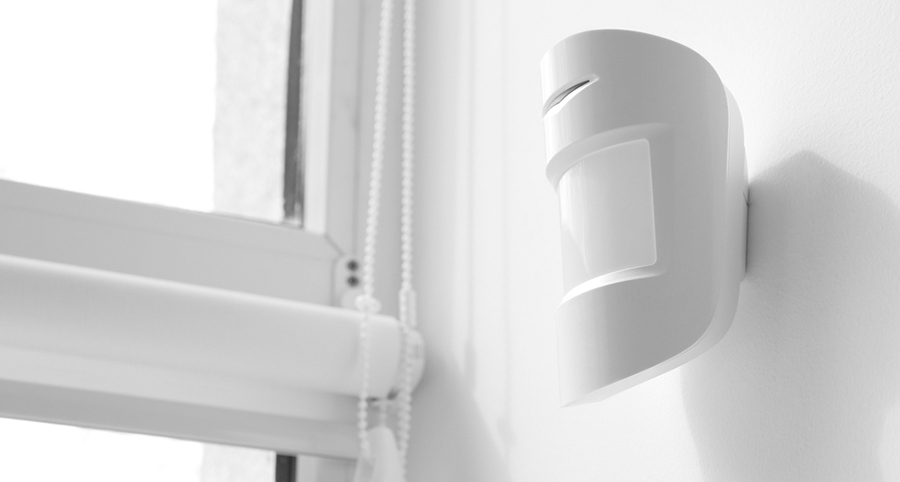
Find Out How Motion Sensors Work In Hammond?
For the most part, each kind of motion detector will trigger when it discerns movement. However, the question still remains: How do they work? What kind of technology is involved, and should you use them? This simple explanation will address your questions and offer clarity on why these implements are such a vital facet of your home’s defense.
In What Ways Are Hammond Motion Sensors Used?
Common residential motion sensors will look for movement in the nearby surroundings between six to 70 feet. If needed, you may find options that can increase the scope of your coverage to a greater degree. These devices are often found in features like exterior flood lights. If they detect unusual activity, they trigger your lighting which shine down on your surroundings.
Along with lights, you’ll also see motion sensors in video cameras like the ADT outdoor security camera. This adaptable component is able to be set to dispatch alerts and even a video clip to your mobile device when motion is detected.
Active Motion Sensors
Active sensors, as you might expect, continually emit some kind of signal and then analyze the rate of return. Whenever there is a sudden alteration in the response time, movement is signified and your alarm system is notified. Microwave sensors are the most prevalent form of active device. You will even run into ultrasonic sensors that use sound waves and area reflective sensors that assess the response time of infrared light.
Passive Infrared Motion Sensors
Another one of the most ubiquitous types of motion detection devices in Hammond is the passive infrared (PIR) motion sensor. Unlike active types, they won’t continuously discharge a signal. Conversely, they are able to detect changes in temperature inside a specified zone. A sudden heat increase, like an individual sneaking into a room, will trip the sensor.
In comparison to active kinds, PIR devices need not as much power, are simpler to run, and cost less. As an added advantage, you may adjust the degree of sensitivity for most installations. To illustrate, the flexible ADP motion sensor may be programmed to disregard tail-wagging occupants under 60 pounds.
A Few Extra Sorts Of Motion Sensors
You can come across some motion sensors that utilize two types of technology. Known as hybrid, dual technology, or combined sensors, these options assist in minimizing false alarms as both styles of sensors have to be set off for your alarm to engage. You could even encounter vibration detection equipment and tomographic motion detectors that are usually found in larger commercial spaces.
Design A Security System With Motion Sensors in Hammond
Knowing that you have an enhanced understanding of how motion sensors work in Hammond, it’s a great time to request your own security package with these essential elements. Whenever you obtain them within a package, you’ll gain comfort knowing they will be incorporated properly with your additional security tools. Reach out to Secure24 Alarm Systems now and let our specialists help you find the ideal system for your property. Contact us at (219) 207-5149 or submit the ensuing form to begin.
